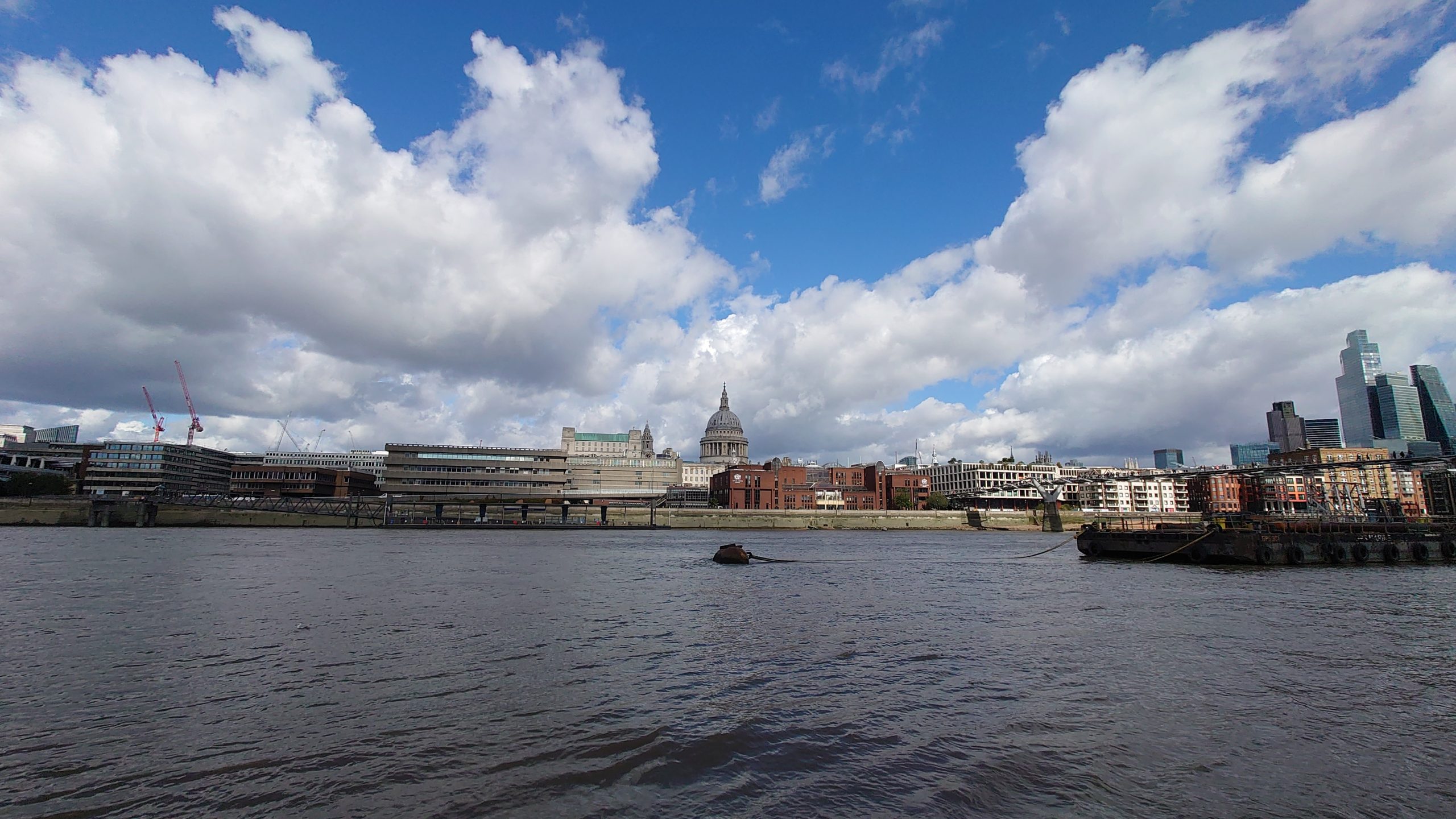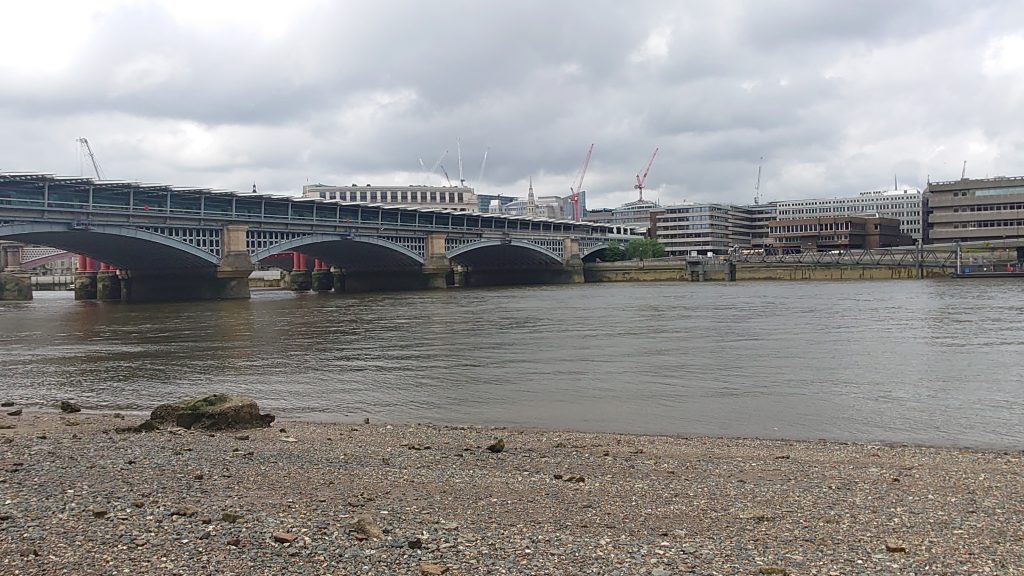Your basket is currently empty!

The Thames
The word Thames is probably derived from a proto-Celtic word meaning “dark and/or muddy”, the perfect word for the perfect River.
The name is a simple statement of fact: that big dark muddy river. Other rivers might bear the names of deities, the Thames just is what it is. That’s not to say it wasn’t or isn’t sacred; rather, it is so in its own right, without needing any associated branding. Therefore, over the centuries we gave the holy river our treasure, from weapons and jewellery to pilgrim badges.
By constructing river walls, our medieval ancestors preserved the meanders of the old river as a tidal canal, creating dry land from marsh and enabling the city and older riverside towns like Woolwich to thrive.
The growing city’s increasing dependence came with decreasing reverence; the river fought back with a smell so fierce that the Victorians started respecting it again, paying their tributes in iron and engineering.
By the mid-20th century the river was again dying, and was actually dead in parts. The glorious Victorian works were now struggling in the face of city expansion and damage done by the Blitz. Cleanup began in earnest from the 1960s, culminating in the recent completion of the Thames Tideway tunnel, ensuring that the river is cleaner than ever.
John Burns MP, who had one of the old Woolwich Ferry boats named after him, described the Thames as “liquid history”. That history takes solid form in the various artefacts that can be found on the shores.
